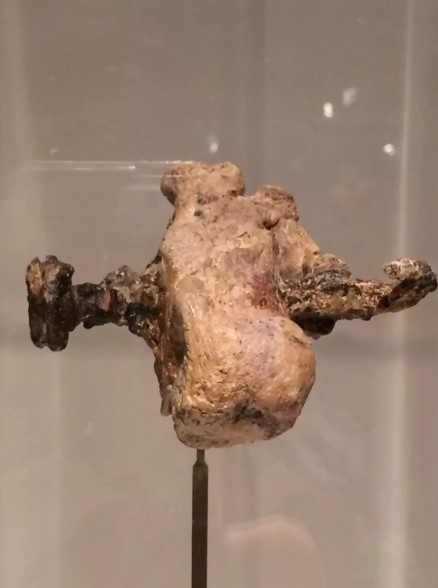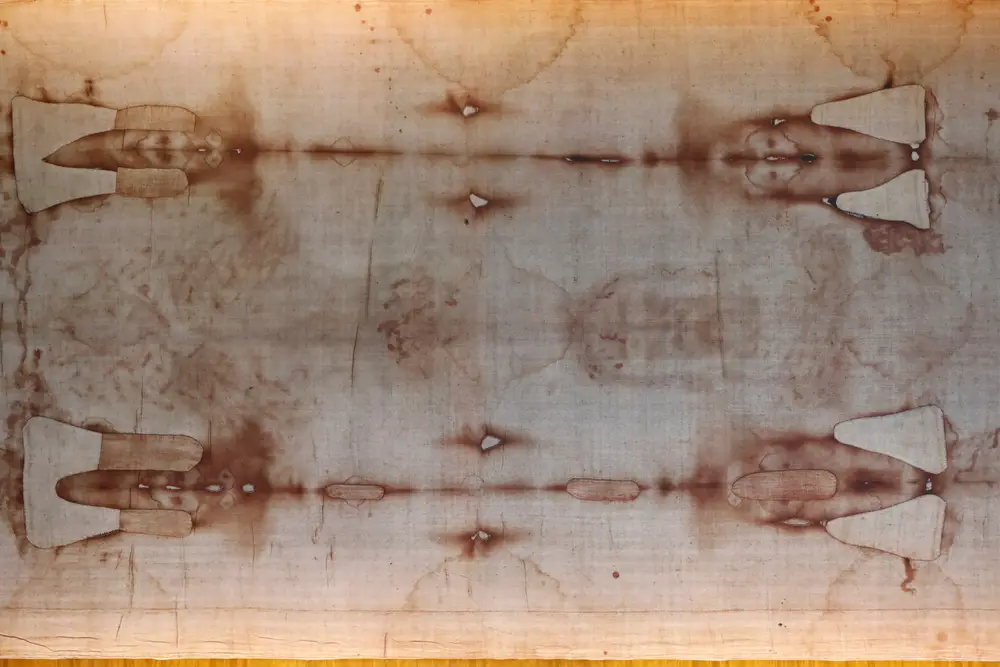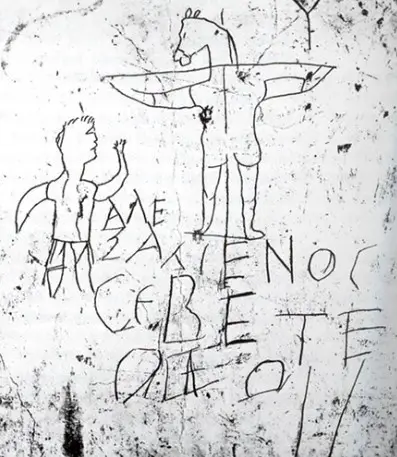Whether you’re a believer or not, historical evidence supporting the existence of Jesus Christ continues to intrigue scholars and the public alike. Experts have identified seven significant pieces of evidence that suggest Jesus lived over 2,000 years ago in what is now Israel. While miraculous accounts like turning water into wine remain a matter of faith, these findings offer a more tangible connection to his existence.
One notable artifact is the James Ossuary, a burial box inscribed with “James, son of Joseph, brother of Jesus.” While some dispute its authenticity, scholars like Dr. Ben Witherington III argue the combination of names strongly points to Jesus’ family. Another is an ancient inscription found in an Israeli prison, reading, “The god-loving Akeptous has offered the table to God Jesus Christ,” highlighting early Christian veneration of Jesus.
The Alexamenos Graffito, a piece of anti-Christian graffiti found in Rome, depicts a man worshiping a crucified figure with a donkey’s head. Scholars say it reflects the early perception of Christians and their worship practices. Additionally, the discovery of a crucified man’s heel bone in Jerusalem provides insight into the Roman practice of crucifixion, which aligns with Gospel accounts.

Archaeological finds also bolster the historical context of Jesus’ life. The remains of the Church of the Apostles, discovered in 2017, likely mark the site where disciples Peter and Andrew lived. While the Shroud of Turin remains controversial, some see it as a symbolic Christian artifact that keeps the story alive.

Dr. Lawrence Mykytiuk, a Hebrew studies expert, emphasizes the literary evidence, stating that no ancient source—Christian or non-Christian—denied Jesus’ existence. He adds, “For well over 1,000 years, no one claimed that Jesus did not exist.” These findings, while not definitive proof of divinity, continue to spark interest in the historical Jesus and his enduring impact.




